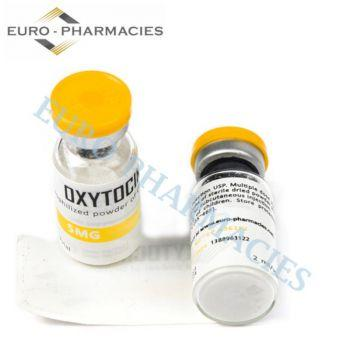


Cross-talk between oxytocin and vasopressin systems highlights a nuanced regulatory mechanism for social and emotional behaviors. Both peptides, originating from a shared evolutionary gene, exhibit receptor cross-reactivity, leading to overlapping and distinct physiological effects. Oxytocin’s interactions with vasopressin receptors modulate neural excitability, neurotransmitter release, and gene expression. Studies reveal oxytocin’s ability to influence dopamine pathways, illustrating its multifaceted role in neural regulation. This interplay reflects the evolutionary conservation of neurohypophysial peptides and underscores their collective importance in shaping complex social behaviors and adaptive responses across species.
Froemke, R.C. and Young, L.J., 2021. Oxytocin, Neural Plasticity, and Social Behavior. Annual Review of Neuroscience.
Disclaimer: Information provided it this page is for general information only and does not substitute for professional medical advice.
For detailed information about OXYTOCIN 5 by Euro-Pharmacies, consult with your doctor or healthcare professional.


Froemke, R.C. and Young, L.J., 2021. Oxytocin, Neural Plasticity, and Social Behavior. Annual Review of Neuroscience.

Froemke, R.C. and Young, L.J., 2021. Oxytocin, Neural Plasticity, and Social Behavior. Annual Review of Neuroscience.

Froemke, R.C. and Young, L.J., 2021. Oxytocin, Neural Plasticity, and Social Behavior. Annual Review of Neuroscience.